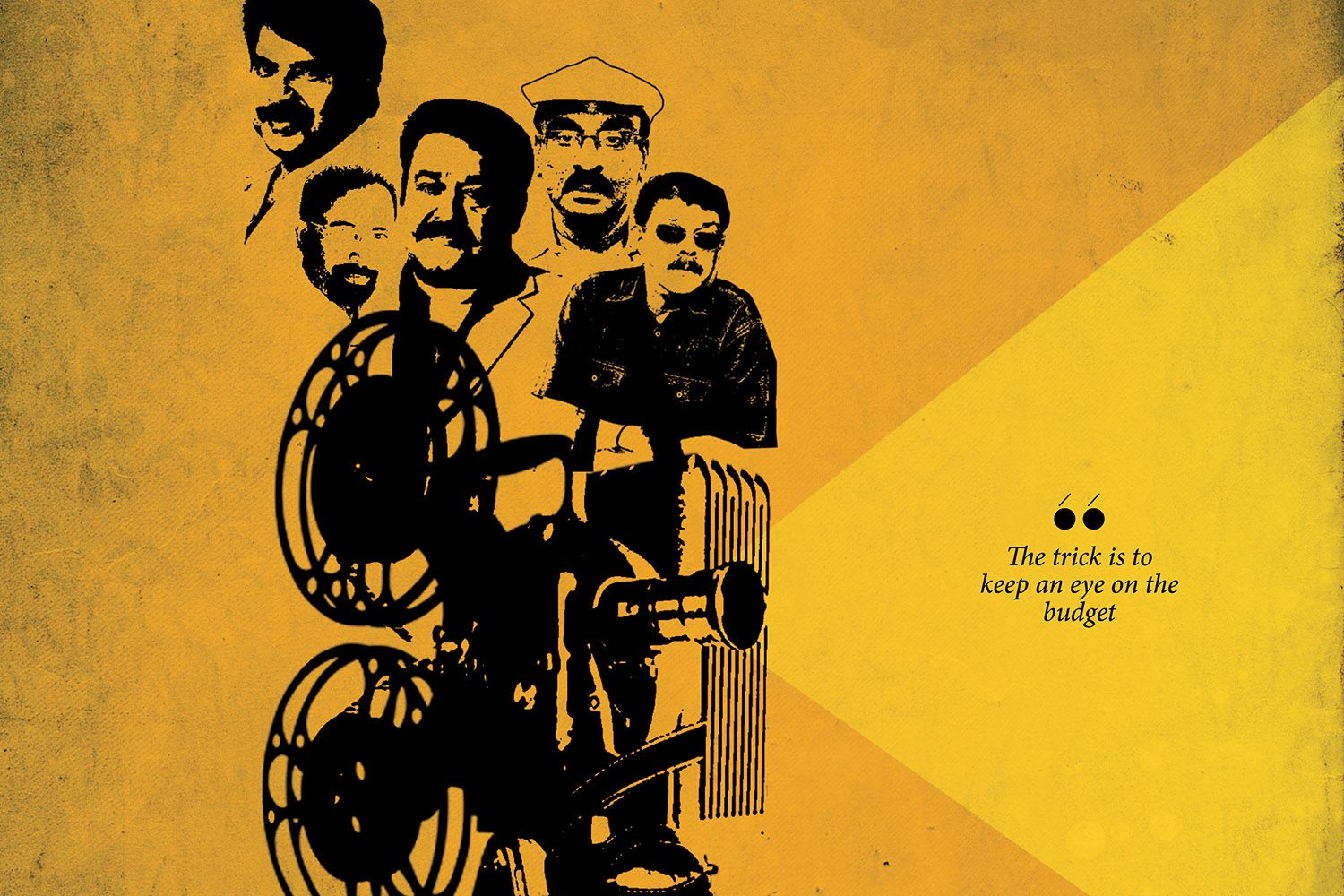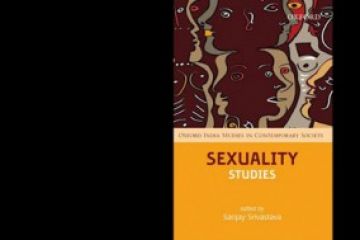
The year 1988. Sapphire
theatre, Mount Road, Madras. A Malayalam film celebrates 100 days.
The theatre is long
gone now, though the lot is empty as nothing has come up in its place. Back in
the day it was the place for the select Malayalam movies that released in
Madras a week or so after opening in Kerala. Sapphire was where I saw my first
Malayalam film Chithram, (“Picture”). Without subtitles, I had to
tune in my 13-year-old brain to catch the Tamil-sounding words to get the





